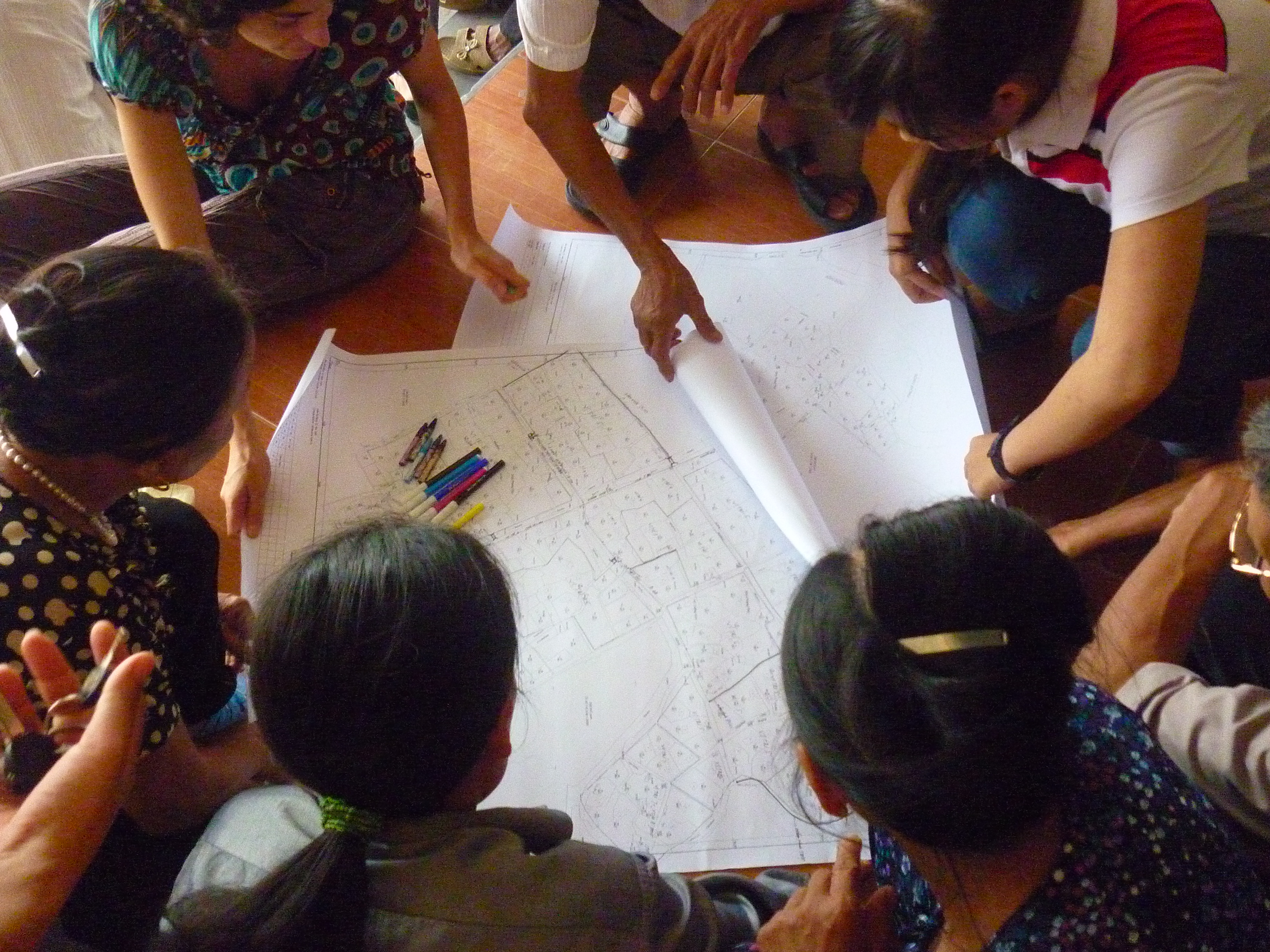 This note was reviewed and approved for currency in November 2018.
This note was reviewed and approved for currency in November 2018.
The physical destruction accompanying disasters typically creates an urgency to rebuild and help survivors get back on track. There are inspiring examples of how architects and other built environment professionals have contributed to rebuilding. In many cases their efforts have facilitated the re-establishment of eroded communities and created a sense that things were getting better. At times, however, these interventions have overwhelmed the remnants of the pre-disaster community, replacing them with assets and opportunities irrelevant to their needs and values, and setting them down a path not of their choosing. Increasing the chances that such projects will resonate with the communities requires getting the process and the product of design right.
This paper outlines the significance of disasters and post-disaster recovery, highlights the need of designers to harness community skills, emphasises survivor participation in the planning and realisation of their post-disaster environment, and suggests some characteristics of design that may smooth the path to recovery.
Related courses - Available via Online CPD
Disclaimer
This content is provided by the Australian Institute of Architects for reference purposes and as general guidance. It does not take into account specific circumstances and should not be relied on in that way. It is not legal, financial, insurance, or other advice and you should seek independent verification or advice before relying on this content in circumstances where loss or damage may result. The Institute endeavours to publish content that is accurate at the time it is published, but does not accept responsibility for content that may or has become inaccurate over time. Using this website and content is subject to the Acumen User Licence.
